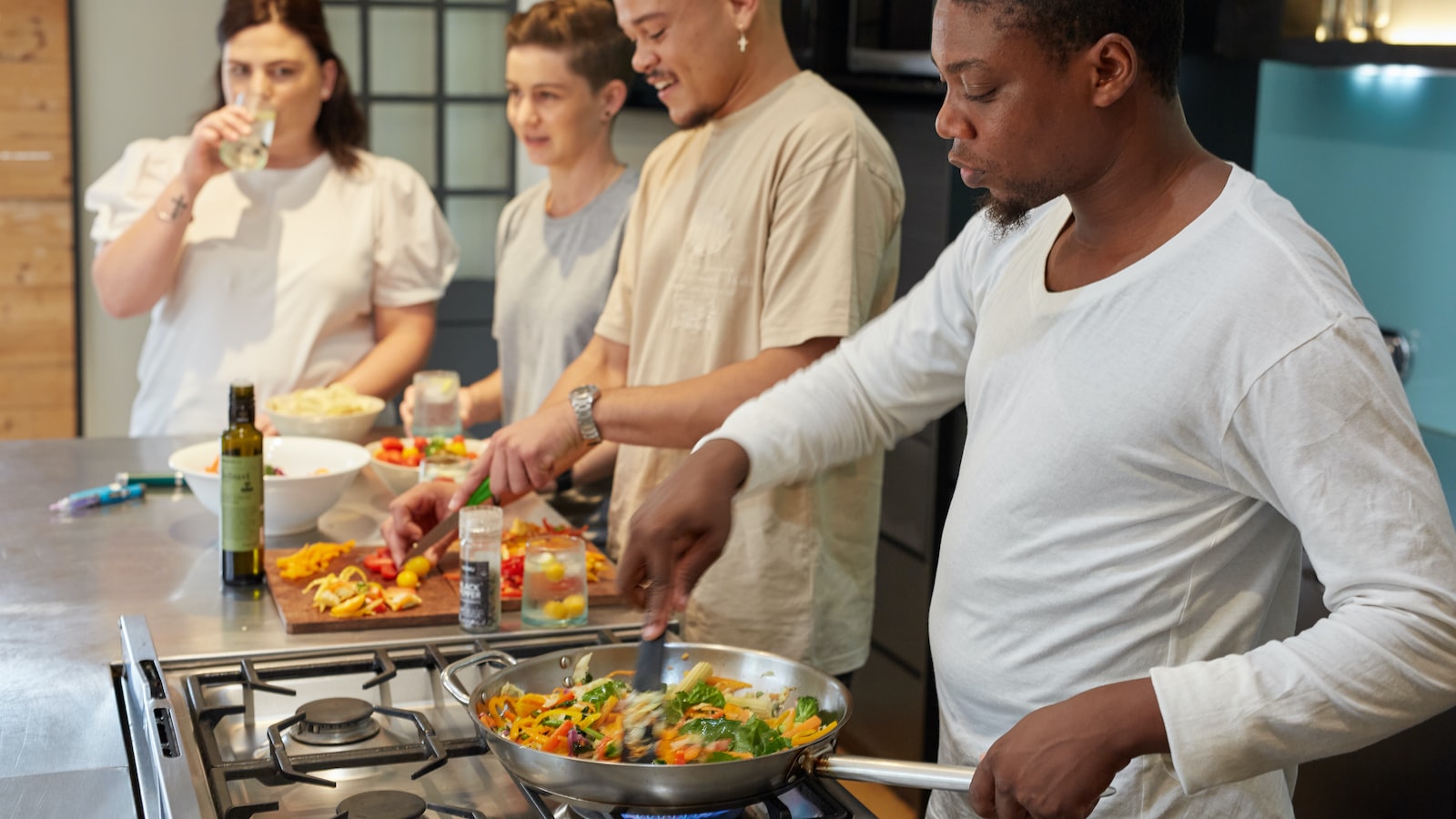
Types of Diabetes
-
- Type 1 Diabetes: In this type, the body’s immune system mistakenly attacks and destroys the insulin-producing cells in the pancreas. This results in little to no insulin production. It is usually diagnosed in childhood or adolescence.
-
- Type 2 Diabetes: This is the most common type of diabetes, accounting for around 90% of cases. It occurs when the body becomes resistant to insulin or does not produce enough insulin to regulate blood sugar levels. It is often associated with lifestyle factors such as obesity, physical inactivity, and poor diet.
-
- Gestational Diabetes: This type occurs during pregnancy. It usually goes away after giving birth, but women who have had gestational diabetes are at a higher risk of developing type 2 diabetes later in life.
Causes and Symptoms
-
- Type 1 Diabetes: The exact cause is unknown, but it is believed to involve genetic and environmental factors.
-
- Type 2 Diabetes: Risk factors include obesity, physical inactivity, poor diet, family history of diabetes, and certain ethnic backgrounds.
-
- Gestational Diabetes: Hormonal changes during pregnancy can lead to insulin resistance.
Common symptoms of diabetes include frequent urination, increased thirst, unexplained weight loss, fatigue, blurred vision, slow wound healing, and recurring infections.
Prevention and Management
While type 1 diabetes cannot be prevented, type 2 diabetes and gestational diabetes can often be prevented or delayed through a healthy lifestyle:
-
- Maintain a balanced diet rich in fruits, vegetables, whole grains, and lean proteins.
-
- Avoid sugary drinks and foods high in saturated fats.
-
- Engage in regular physical activity, aiming for at least 30 minutes a day.
-
- Control weight and body fat within a healthy range.
-
- Limit alcohol consumption.
-
- Avoid smoking.
If diagnosed with diabetes, it is crucial to seek medical advice and follow the prescribed treatment plan. Management typically involves monitoring blood sugar levels, taking medications or insulin injections as prescribed, and making necessary lifestyle changes.
Resources